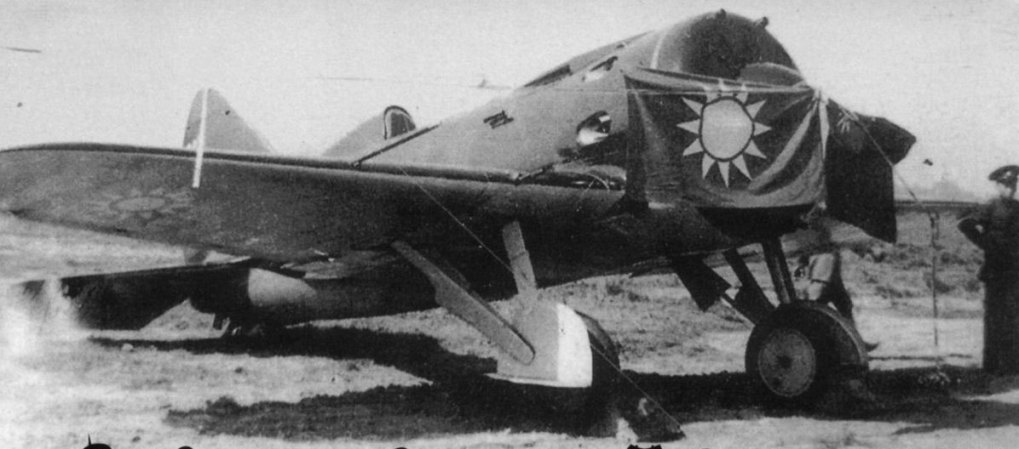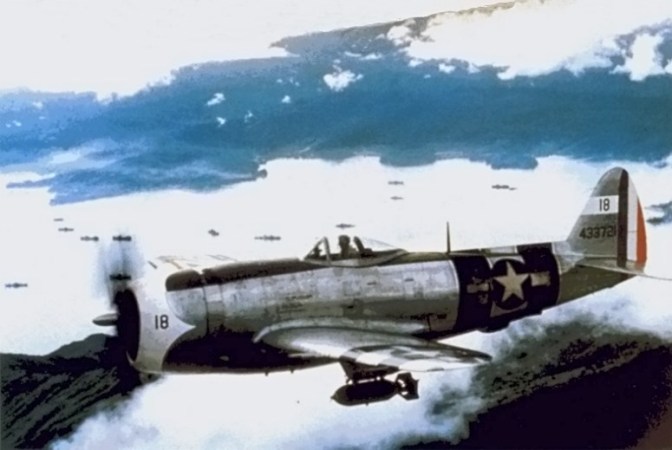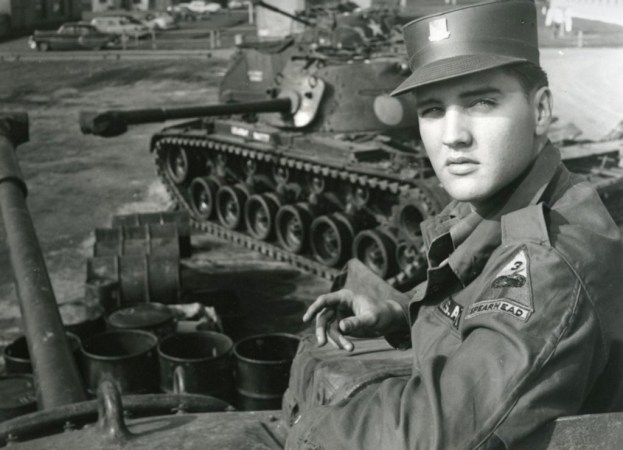During World War II battles in the Pacific Theater, one of the most fearsome things the Japanese Army could do was launch a banzai charge, a sudden swarming of Japanese troops attempting to overrun Allied positions. It was often a last-ditch effort to win a losing battle. It was often a failure that could be repelled by firepower but could still be a deadly way to inflict unspeakable casualties in close quarters.
These days, the Japanese Self-Defense Forces (JSDF) would never consider a banzai charge, but that doesn’t mean it’s unprepared for close quarters combat.
One of the most widely-regarded maxims in the U.S. Army today is, “Train the Way You Fight,” meaning the training must be as realistic as possible and be performed to the highest standards. Otherwise, American troops might be training for unrealistic scenarios under unrealistic conditions.
Whether the Japanese Self-Defense Forces know it or not, they’ve taken this maxim to heart, developing combatives designed for troops while wearing their full kit, so they can effectively take out any North Korean soldier no matter what restrictions one their movement, they may or may not be fighting with.
Japan’s Self-Defense Forces train with a specially-designed combatives system called Jieitaikakutōjutsu. The fighting style is based on the old techniques taught under the Imperial Japanese Army that emphasized bayonet and knife fighting. Imperial Japanese troops, like those who fought in the Pacific Theater of World War II, were trained predominantly to use knives, bayonets, and swords in close quarters.
After the war, Japanese officers studying at the U.S. Military Academy who watched the U.S. Army’s combatives training saw the need for a hand-to-hand fighting form, one that could be used without weapons. As a result, their combatives system was revised in 1959 to include an added hand-to-hand combat curriculum.

Research on the new system began in 1955, by Ryonosuke Mori, who was the highest ranked instructor in Nippon Kempo at the time, and Kenji Tomiki, an expert in judo and aikido, who founded the Japan Aikido Association. The 1959 manual is a martial art based in Nippon Kempo, Shodokan Aikido and Jūkendō, the Japanese art of bayonet fighting. These might be the three most basic tenets of the art form, but the 1959 combatives also used elements of judo and even sumo wrestling.
In 2008, the system was revised again, and this time the emphasis changed along with it. Japan’s new combatives are focused on throws and chokeholds, and its knife-fighting techniques are mostly based on U.S. Army knife fighting. The reason is the same reason most Western countries have changed tactics: terrorism, guerrillas, and North Korea.
Japanese planners who deployed JSDF troops to peacekeeping, sea interdiction, and anti-terror operations became concerned that Japanese ground troops were increasingly subject to close quarters combat situations. They overhauled the combatives system to focus on a hand-to-hand fighting system that would allow JSDF troops to defend themselves in any situation.
Training in the new combative also revised the protective gear worn by students. The new gear more accurately reflects the kind of gear deployed troops might be wearing, while still providing protection from weapons and blows – but not total protection. Japanese soldiers are training the way they fight, but can still be injured, even in training.









